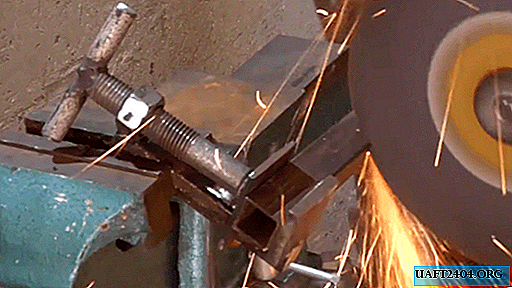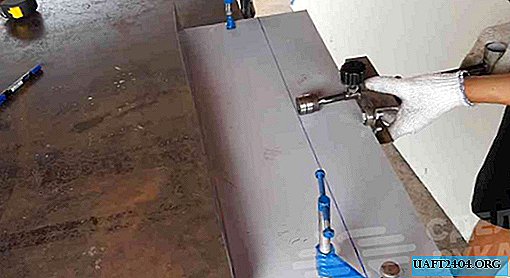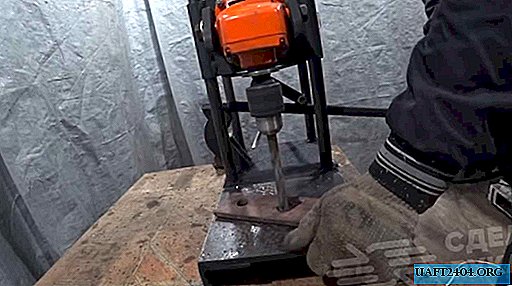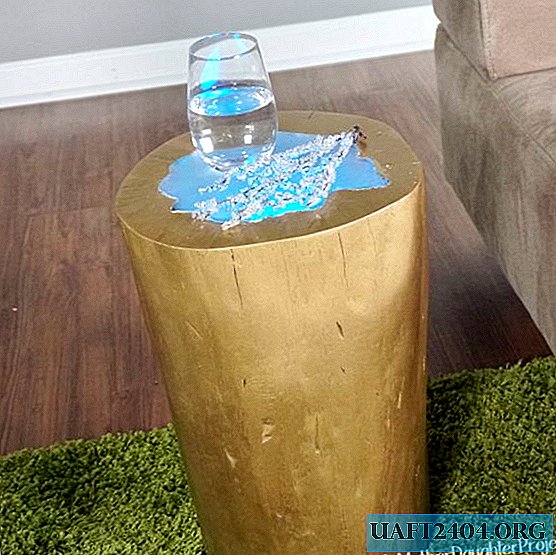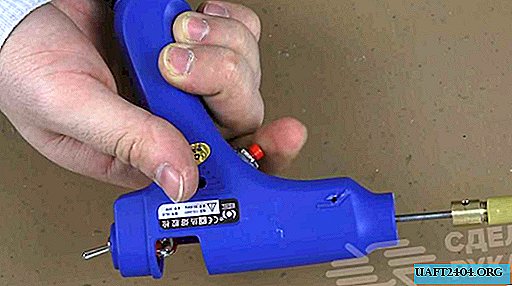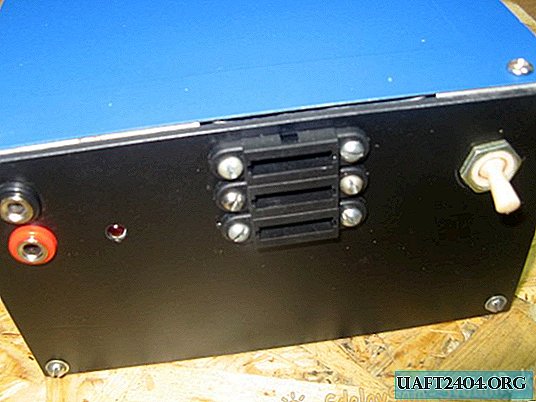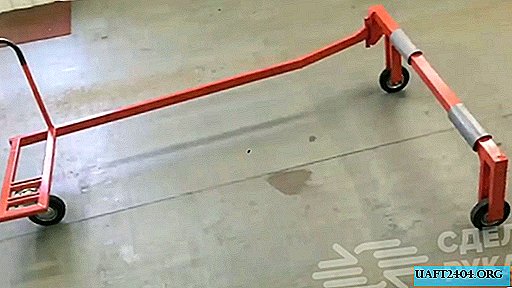Share
Pin
Tweet
Send
Share
Send
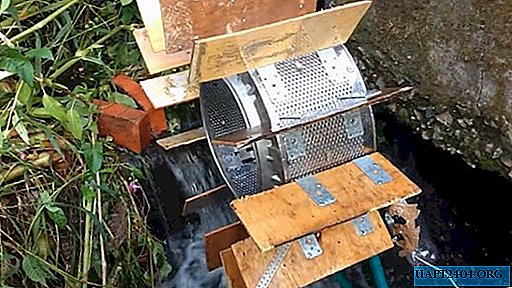
It all started with the idea of using the drum of an old washing machine as a water wheel - a miniature home-made hydroelectric power station.

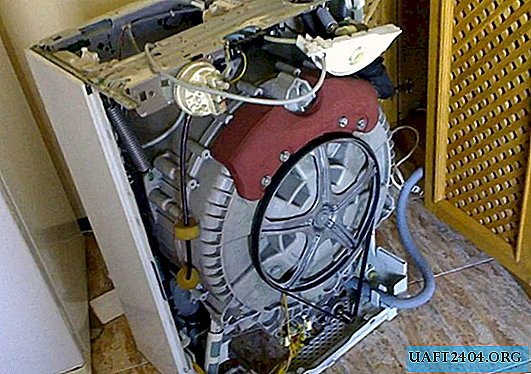
With the help of metal corners, direct blades of moisture-proof plywood were attached to the drum.

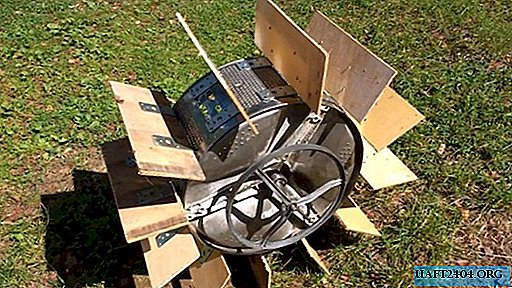
The torque from the water wheel is transmitted through the belt to a bicycle dynamo (DC generator). The generated electricity goes to the LED. Just turn the wheel slightly with your hand and the LED will flash.

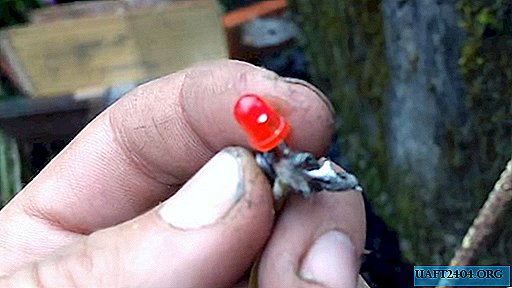
The basis of the entire structure is a bicycle frame.

Two bearings allow the water wheel to spin freely.
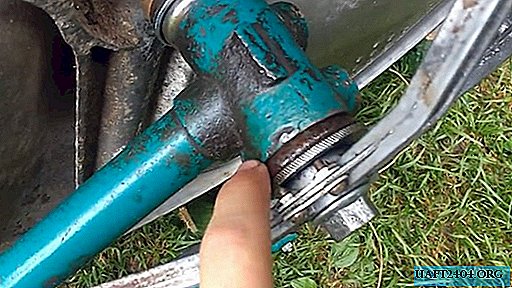
The first tests on a small river showed that the water wheel on the frame is set too high, which prevents the water flow from spinning normally.
After small changes in the design of the frame, the wheel began to settle lower and the rotation speed increased sharply. As a result, the dynamo began to rotate and the 4.5 V LED lit up.

So, from an old rubbish, a self-made hydroelectric power station turned out.
Further, the mini hydroelectric power station assembly was installed on a small stream.


It produces only a few volts, but they are enough for the LED to glow.

It was a good experiment to start with.
Further improvement in the project
Further improvements to the water wheel should affect:
- Build a mini-dam to increase the pressure of water. At the same time, it is not planned to completely block the river so that the fish can leave in the second stream.
- Under the dam, install a pipe through which water will flow to a makeshift turbine. In the pipe, arrange a casing of conveyor rubber tape. By blocking the flow of water through the pipe, you can perform maintenance on the mechanisms.
- According to calculations, the turbine will give out power about two times more than a water wheel. In addition, replacing a water wheel with a turbine should eliminate the problem of freezing in winter.
- The flow of water will spin the turbine, transmitting torque to the generator. The turbine will be held on two bearings made of solid wood. With regular lubrication, they will last a long time. The thrust washer will keep the mechanism from lateral displacement.
- To make metal blades, calculating the angle at which they need to be bent (the power of the hydroelectric power depends on this parameter). It will be necessary to fasten the blades using rubber gaskets in order to avoid their separation.
- To transmit torque, use a shaft assembled from pipes.
- Install the generator. Place a smaller pulley on the generator than that installed on the shaft. This will increase the speed, which is necessary for the efficient operation of the generator.
The generator should produce about 600 watts of electricity. This will make it possible to connect household appliances. If the next stage of the experiment succeeds, it will be possible to think about further modernization in order to generate several kilowatts of electricity.
Share
Pin
Tweet
Send
Share
Send

